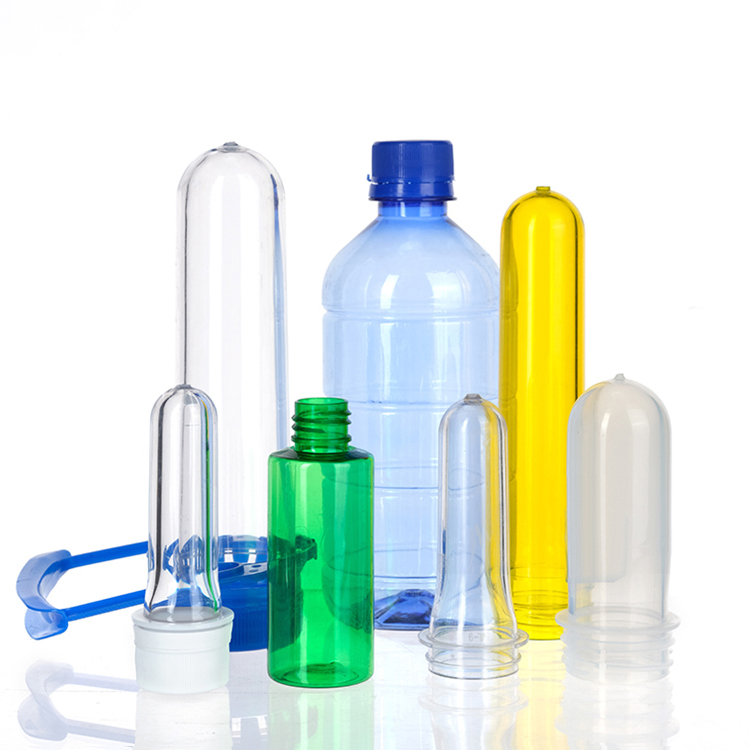Are single-use plastic bottles really disposable?
Are single-use plastic bottles really disposable?
Sustainability &Plastic Packaging
The buzz around single-use plastics has been hard to miss,especially with environmental issues taking center stage. This has sparked a wave of efforts aimed at cutting down their use. We've all seen and embraced the creative, much-praised alternatives popping up—like those cool biodegradable or edible straws at our favorite coffee spots! But here's the kicker:are single-use plastic water bottles actually just for one-time use?That's the intriguing question we're diving into in this article!
'PET accounts for 78.8 percent of plastic water bottles, PC for 12 percent, and HDPE for 9.2 percent.
Polyethylene terephthalate (PET) plastic, easily identified by the #1 recycling code on or near the bottom of the container, is probably the bottled water packaging material most people recognize'(1)

All types of these plastics—PET,PC (Polycarbonate),and HDPE—are completely recyclable in every form. PET is particularly important because without it,rPET,which is created by recycling PET bottles,jars,and containers,wouldn't exist. Most consumers genuinely care about the global environment and recycle packaging whenever facilities are available. Typically, local governments handle the collection process. Therefore, providing appropriate disposal options along with efficient collection, sorting, and recycling systems for plastic water bottles and other containers must be integral to any sustainable strategy addressing plastic pollution that impacts our planet and its inhabitants.
Advocating for enhanced waste management practices and stricter laws to better collect and recycle plastic bottles and packaging is undoubtedly essential for tackling environmental challenges. Additionally, adopting sustainable approaches to plastic usage supports the circular economy. Moreover, boosting efforts in material collection, sorting, and recycling can lead to job creation and provide economic advantages for our communities.
Shifting Conceptions Between the Use of Glass and Plastic Packaging for Water & Juice Bottles
Over the years, numerous misunderstandings about packaging and its environmental impact have emerged. While it's important to advocate for re-using packaging whenever possible—whether by repurposing it or recycling raw materials into new products—certain aspects are often overlooked. For instance,many brands prefer glass packaging to attract consumers,but the environmental and health drawbacks associated with its shipping and recycling are frequently underestimated or ignored. Take Snapple as an example:they transitioned from glass to plastic bottles because,according to their estimates,the new plastic bottles require 75% less energy to produce and eliminate the need for 600 million new bottles annually.
It's widely recognized that a significant amount of plastic ends up in landfills in the U.S., despite efforts to recycle it properly. Fortunately, many states are implementing improved collection and recycling practices and have enacted laws requiring a certain percentage of recycled materials in new packaging. This positive trend is on the rise.
On a global scale, South Korea and Germany boast the highest recycling rates. According to estimates compiled by the OECD, Germany recycles or composts 65% of its waste, while South Korea manages 59%. These figures place them at the forefront of waste management worldwide. What lessons can we draw from their success?
Upon reflection, is it fair to generalize all plastic packaging as equally problematic? Might it be time to reassess our stance on plastic water bottles and other forms of plastic packaging? Achieving a sustainable future will involve enhanced legislation, stricter regulations, and improved waste management systems. It also requires brands to embrace eco-friendly packaging solutions, packaging companies to provide options made from post-consumer recycled materials, and consumers to practice responsible recycling habits.
References;
- International Bottled Water Association, website article Bottled water packaging has the lowest environmental footprint of all packaged drinks)